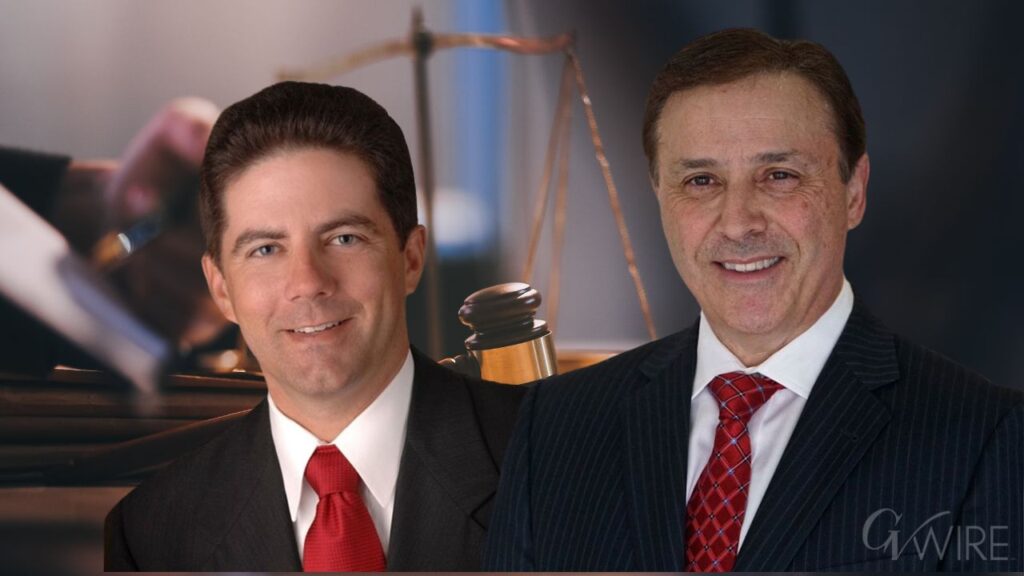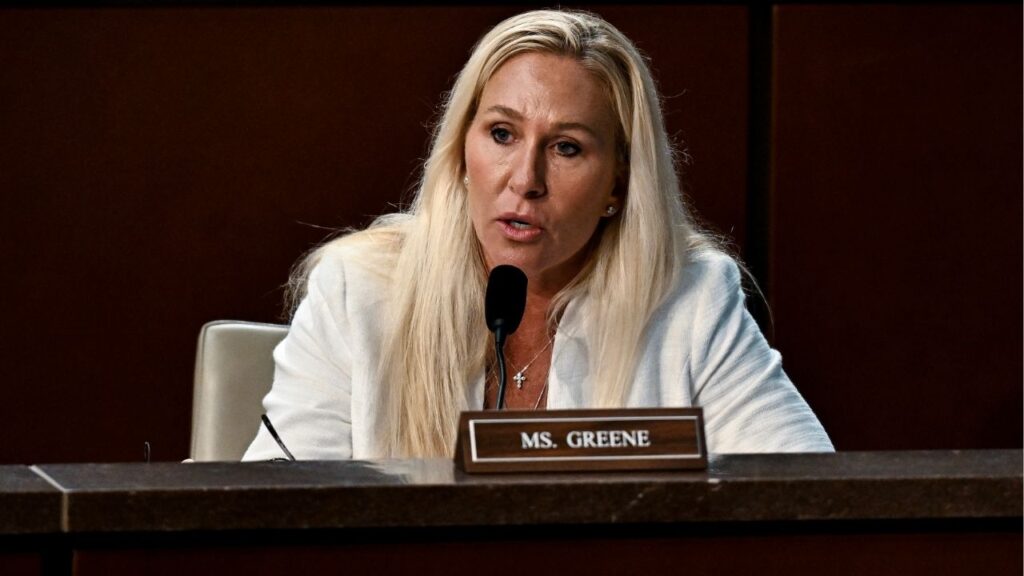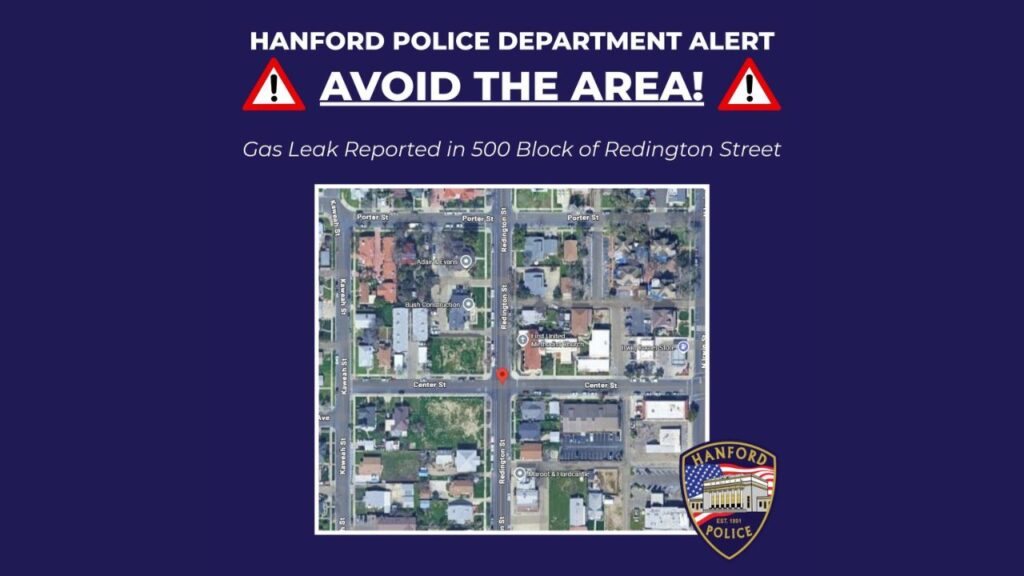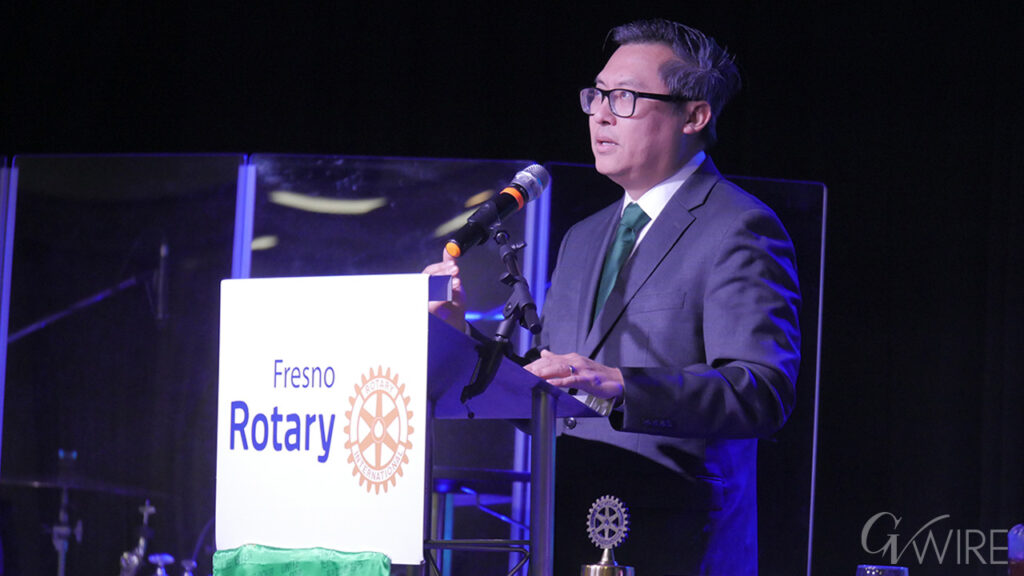Share
|
Getting your Trinity Audio player ready...
|
Not even a month after Pacific Gas and Electric’s rate case adding billions of dollars of revenue annually was approved by the California Public Utilities Commission, PG&E is seeking another $2 billion from customers.
On Dec. 1, the utility company filed a motion with PUC for higher revenues to cover its unreimbursed costs for wildfire mitigation, catastrophic events, and other items.
And PG&E doesn’t want to wait for the PUC to approve this newest rate increase proposal to start collecting from customers. The utility is seeking an interim authorization to begin raising customers’ bills as early as March.
The rate increases, combined with the annual “true up” of energy costs starting in January, could hike customers’ monthly bills by $40 to $60 on average, said Mark Toney, executive director of The Utility Reform Network.
Company Put Itself in Revenue Hole
TURN, which previously had focused its lobbying efforts on the California Public Utilities Commission but to little avail, plans to turn its focus to lawmakers in protecting consumers from ever-growing utility costs.
TURN is preparing to launch a campaign to convince legislators of the dire need to establish a rate cap to prevent PG&E from getting unlimited increases.
However, some of those higher costs are due in part to legislative policy, including establishing separate spending accounts for wildfire mitigation and disaster relief that contained no spending caps and did not require prior authorization.
In fact, the legislation expressly allows overspending, although Toney said he expects legislators anticipated it would have been relatively minor.
PG&E has racked up uncompensated costs that the company says are creating a financial burden and putting its creditworthiness at risk.
Toney said PG&E’s decision to significantly overspend on wildfire mitigation and in other accounts shouldn’t be borne by customers whose rates are already among the highest in the nation.
“Yes, they may be in debt. But guess who put them in debt? It was themselves,” he said.
Time for a Rate Cap?
The PUC last month authorized a revenue increase in a PG&E general rate case that will raise average monthly bills by about $33. Billions of dollars in revenues were approved by the PUC for the utility company to bury hundreds of miles of power lines underground to reduce the risk of wildfires.
Putting power lines underground is a more expensive and slower alternative to “hardening” power lines to prevent them from sparking fires, which was what TURN advocated for.
Toney refers to the latest PG&E filing as the “tip of the iceberg,” a phrase that he continually uses to indicate that this latest PG&E request is only a small portion of the revenues that PG&E is claiming or will claim based on its runaway spending.
Traditionally, utilities need to receive advance authorization on cost requests before spending money, but that’s not been happening in California in recent years, Toney said.
Since the PUC won’t control PG&E, it’s time for legislators to step up and establish a cap on rate increases set at the cost-of-living adjustment provided by Social Security, he said.
“The point is to introduce the conversation into the political dialog that there needs to be a cap. Everybody else is capped, Social Security is capped, most wages are capped. Basically, you don’t get unlimited increases because your bills went up,” he said. “I haven’t seen that happen.”


















